BA (Hons) Drama

Acrylic Paint
80.0 x 60.0 cm
2023
Tags
About this artwork
The Art Nouveau movement in Glasgow, often referred to as the Glasgow Style, was a significant artistic and design movement in the late 19th and early 20th centuries. It emerged as a reaction against the ornate and heavy Victorian style, emphasizing organic forms, flowing lines, and nature-inspired motifs. The movement was closely associated with the Glasgow School of Art and artists like Charles Rennie Mackintosh, Margaret Macdonald, and their contemporaries. They created distinctive works in architecture, furniture, textiles, and decorative arts, leaving a lasting impact on design and aesthetics. “The Macdonald Sisters” These two remarkable sisters were highly regarded artists of their day and were the bright young things of their time ! Margaret and Frances Macdonald and their Glasgow School of Art classmates Charles Rennie Mackintosh and Harold MacNair were Art Nouveau’s Glasgow Four. Margaret was married to the famous Charles Rennie Mackintosh, a member of the Glasgow ‘ Immortals’ in the late 19th century, and her decorative style of artwork along with her sisters Francis influenced Mackintosh and also one other particular artist called Gustav Klimt. It could be argued that they helped pave the way for the later Art Deco styles. But it was a mans world then, and their names are mere footnotes in the history of Art. Margaret was described as a woman who was totally original in looks and style. She had no poses, great masses of coppery burnished hair, above a broad brow and quiet eyes. Frances went on to marry Herbert McNair, another of the Immortals, and subsequently her work was overshadowed by her husbands. Bizarrely after Frances died, McNair burned all of her work, so very little survives of her. On the other hand Charles Mactintosh remained a true devotee of his wife Margaret and cited her as
Insights
Artwork History
Feb 09, 2024
Peggy buyer protection
About the artist
Fi Marks an extraordinary Derbyshire artist Who speaks for the women whose stories were twisted over time to become unrecognisable? Fi Marks, an artist who lives and works in Belper, has made it her mission in life to be the visual voice for women, both real and fictional. “I noticed from a very young age that the women in the stories I loved were turned into shrews or made into villains, when in so many cases they were the victims in the stories. Oftentimes, having to be cunning to be heard in a world of men,” Fi says. “As I’ve gone through life, it’s become increasingly important to me to be heard. I still have a voice, but these women do not.” In researching her subjects, Fi looks for stories that catch her in the heart. From Ann Boleyn to Morgan Le Fay, Fi researches her subjects relentlessly. “With a background in theatre and drama, not to mention living in Belper, Derbyshire an area with a history of textile manufacturing and strong women, I love to research not only their stories but the fabrics of the times as well. My women are surrounded by my interpretation of the patterns and symbols they would have had in their lives.” Fi’s art stands alone as she has developed a unique style over the years, with every painting deceptively simple on the surface but incredibly complex on closer look. “My art sells around the world because it’s so different,” Fi says. “No one else tells the stories, has the symbols, and is so passionate about righting the wrongs in history and literature like I am. I know my clients see themselves in my art, and are empowered by it. At the end of the day, that’s what matters.” You can see Fi Marks’ art on her website at www.fimarks-art.co.uk where you can also read the stories she’s researched, and sign up for her weekly newsletter. You can also follow her on Social Media https://www.facebook.com/fiona.marks.14
Curriculum Vitae
Born in 2024 in Coventry UK. Currently residing in Belper Derbyshire UK.
Reclaim the Narrative The Voice of Women Reclaim the Narrative The Voice of Women

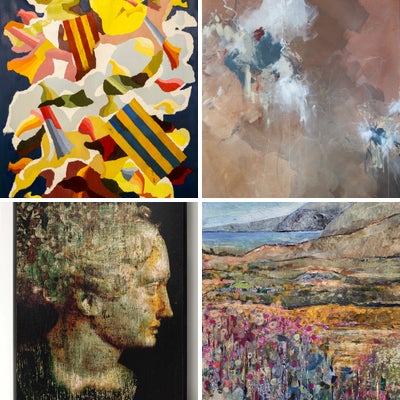
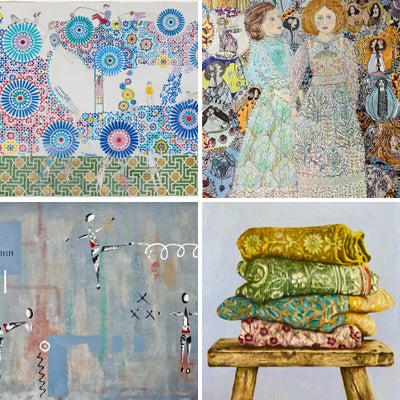
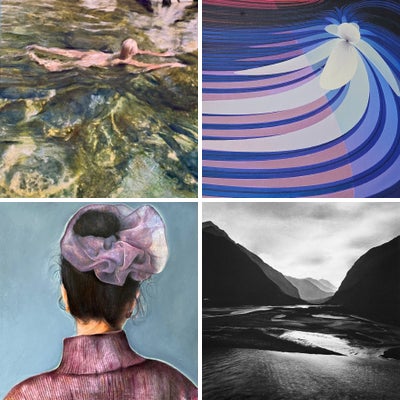
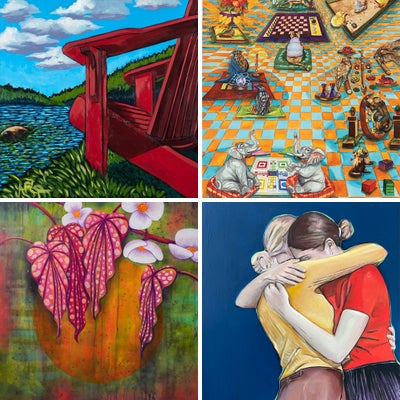

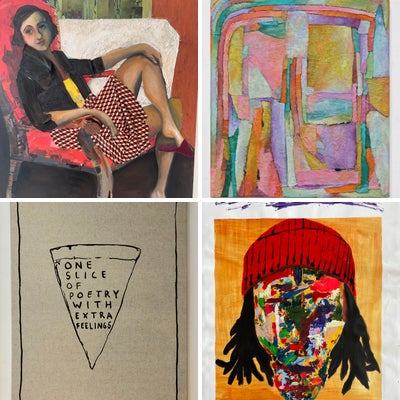

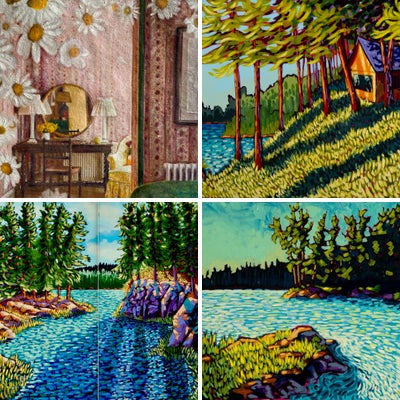
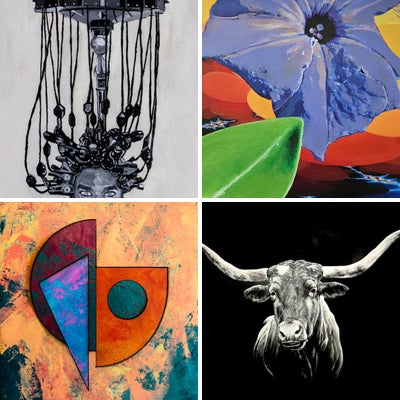
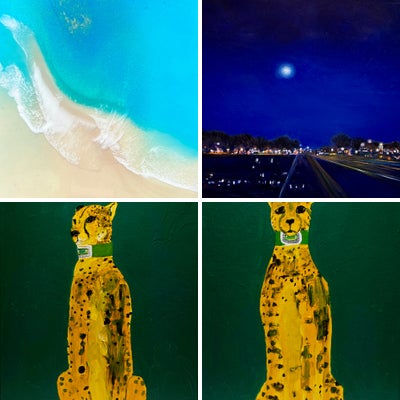
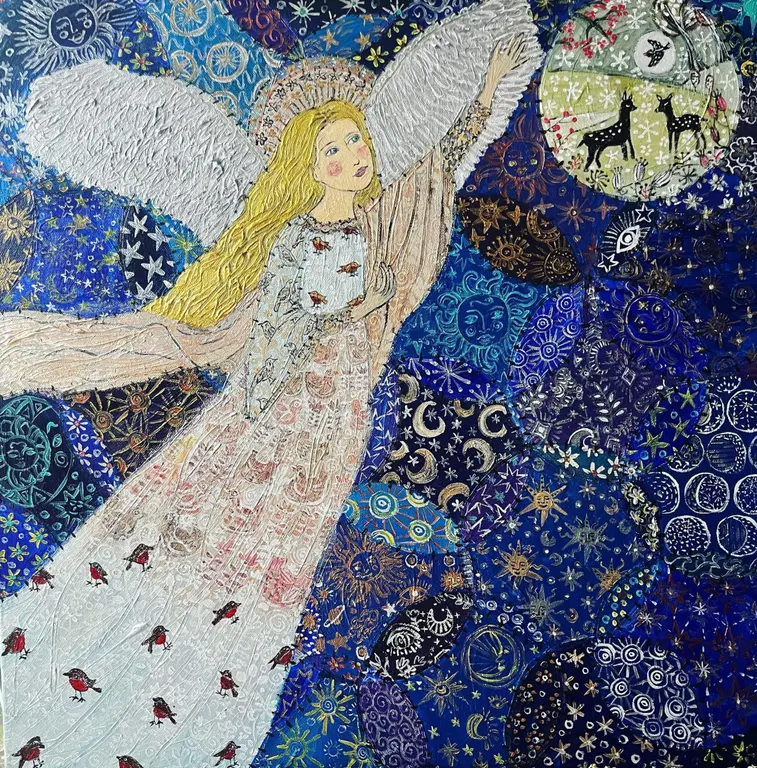
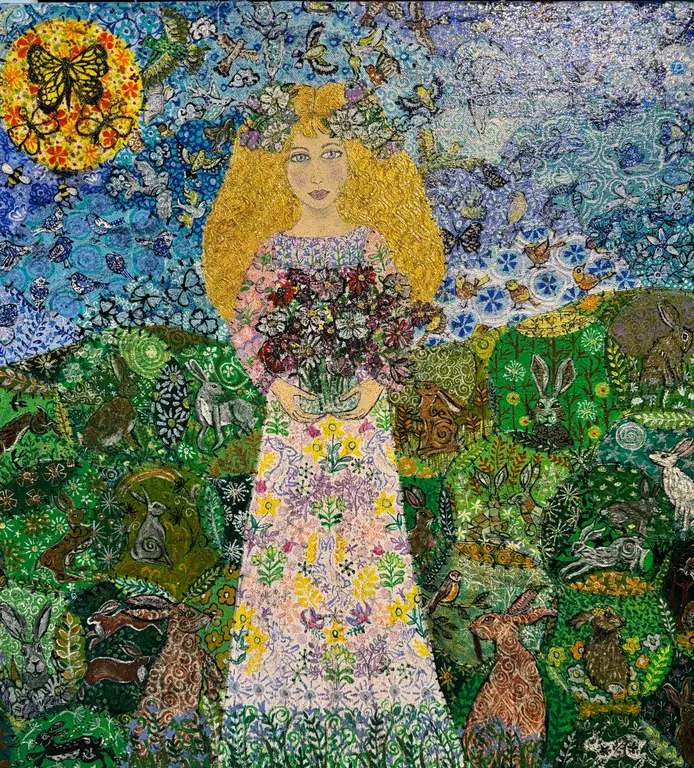
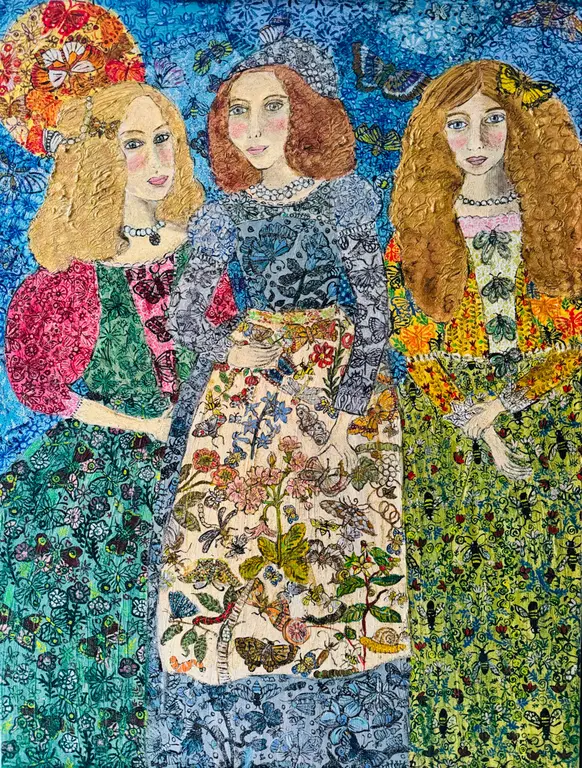
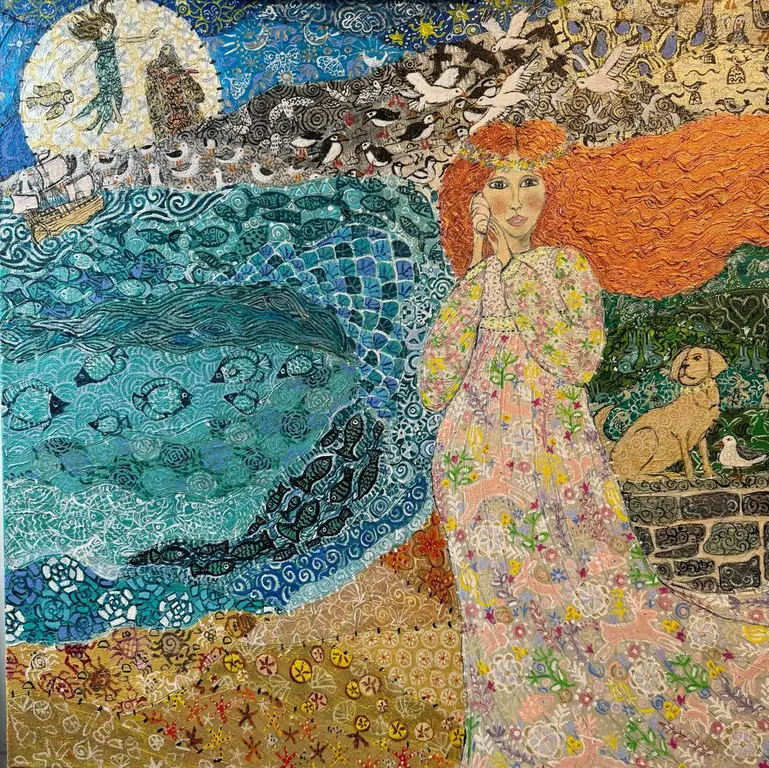
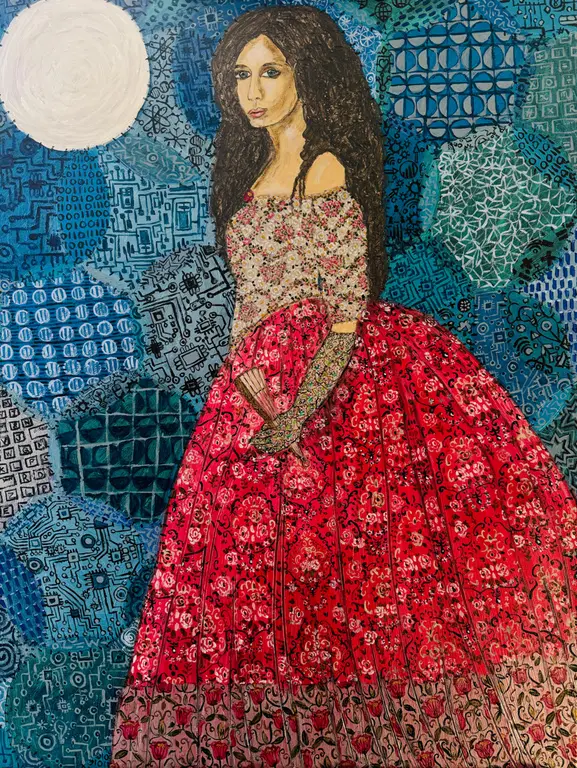

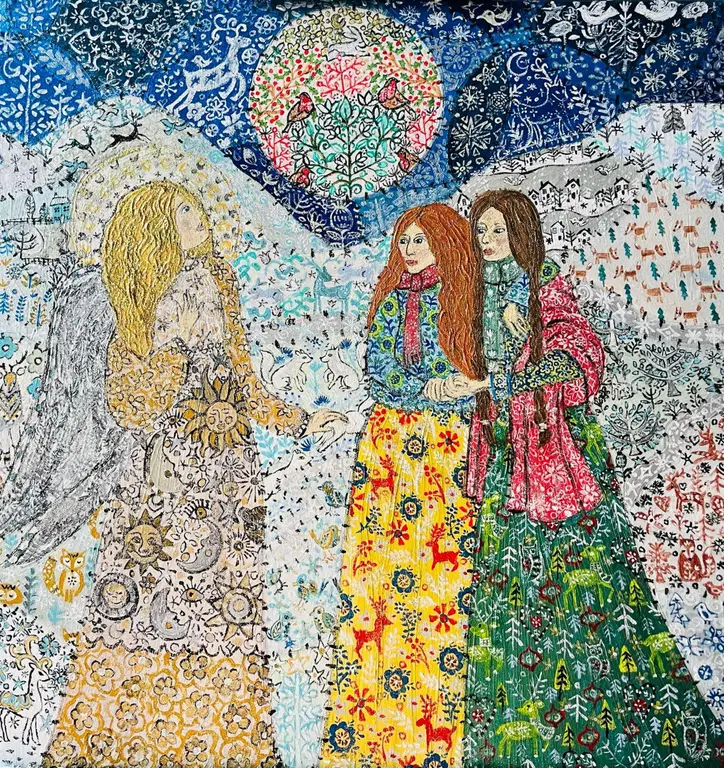
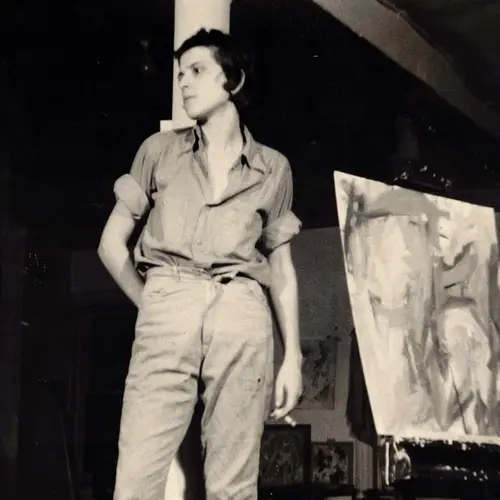
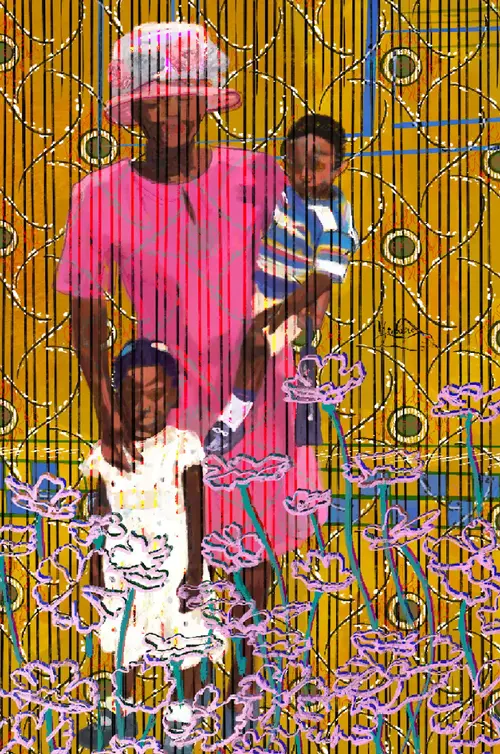
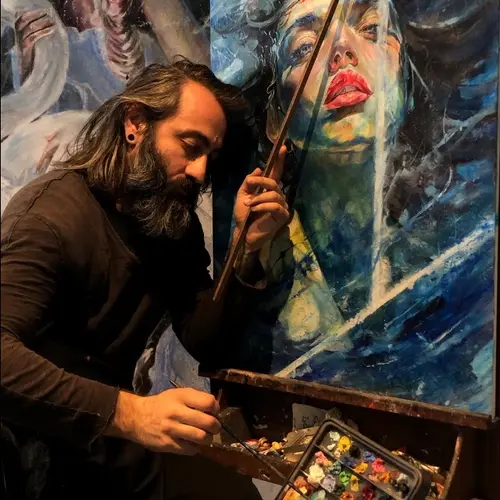
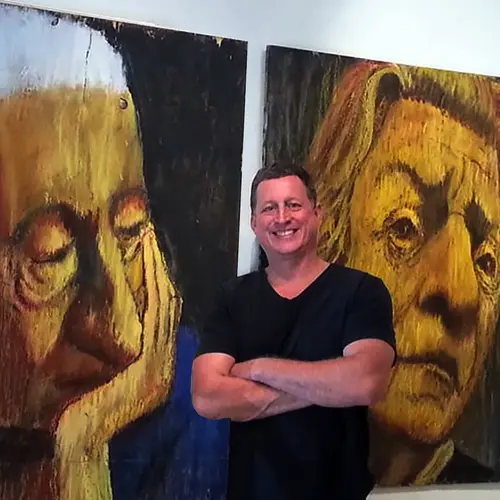
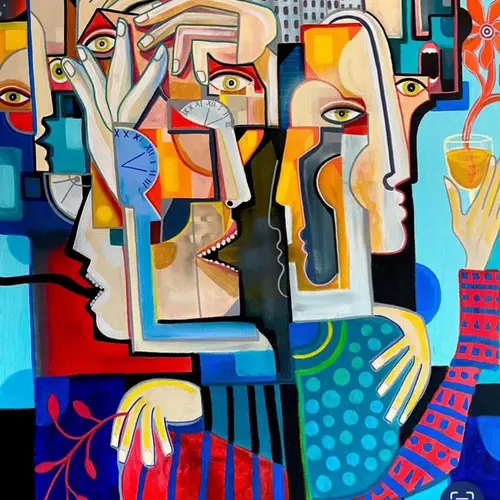
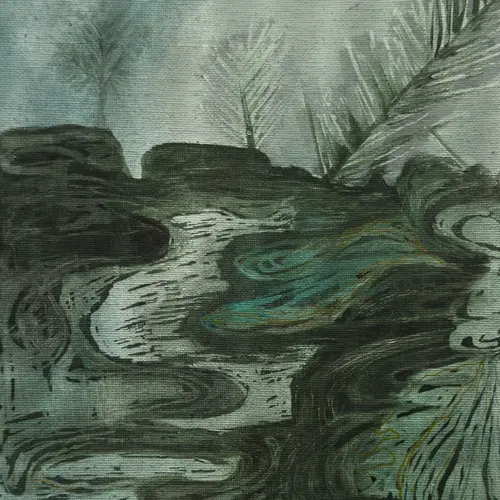
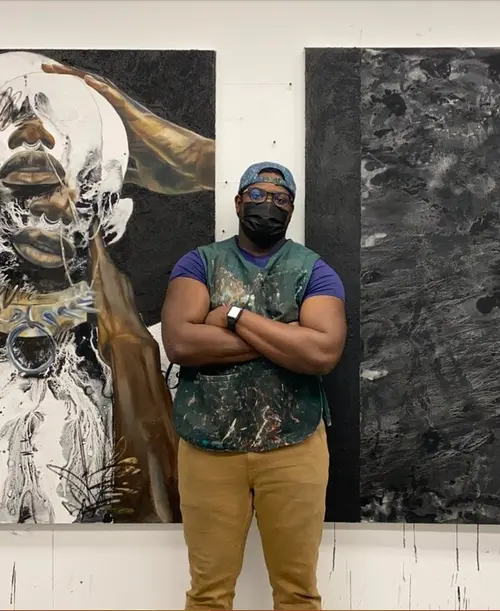

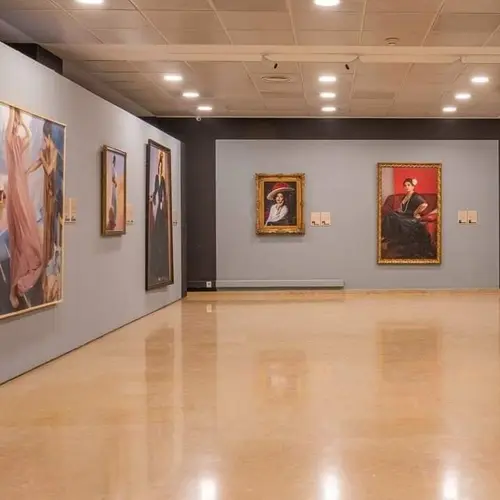

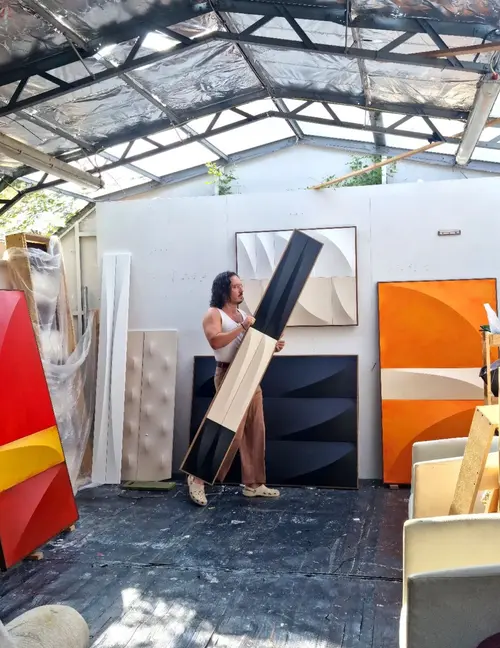
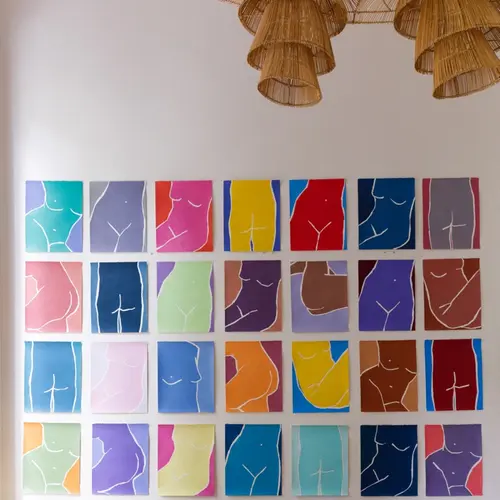
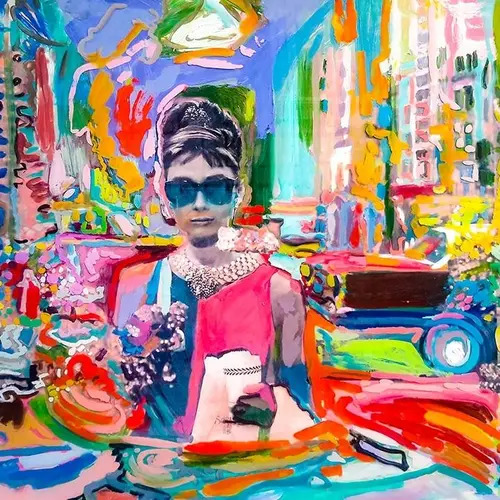
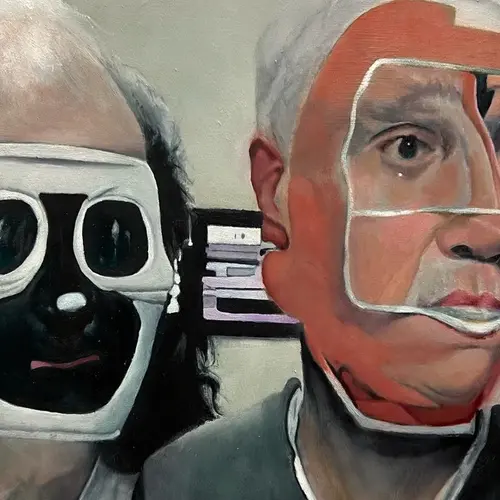
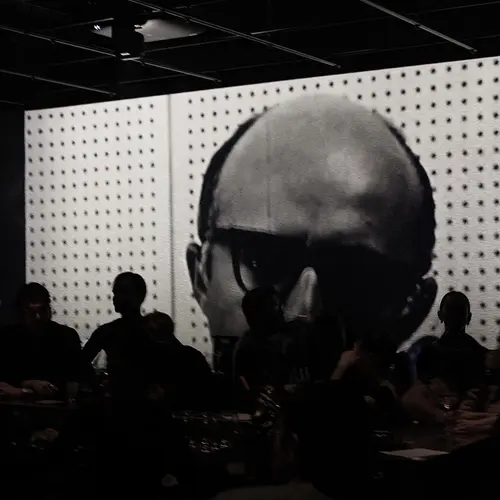

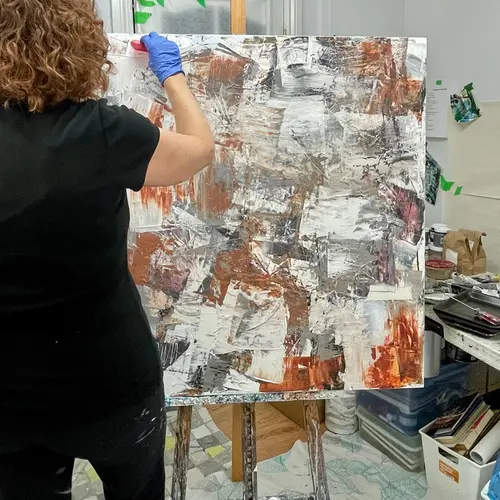
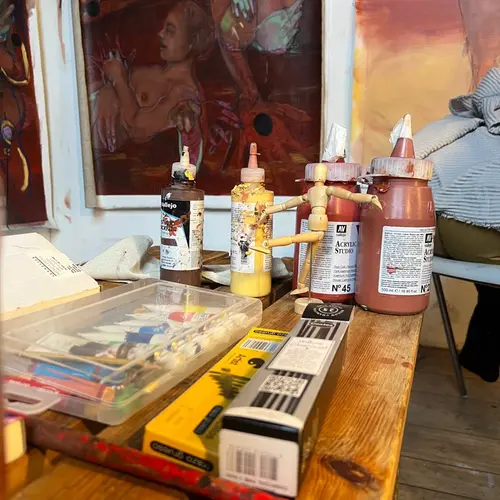
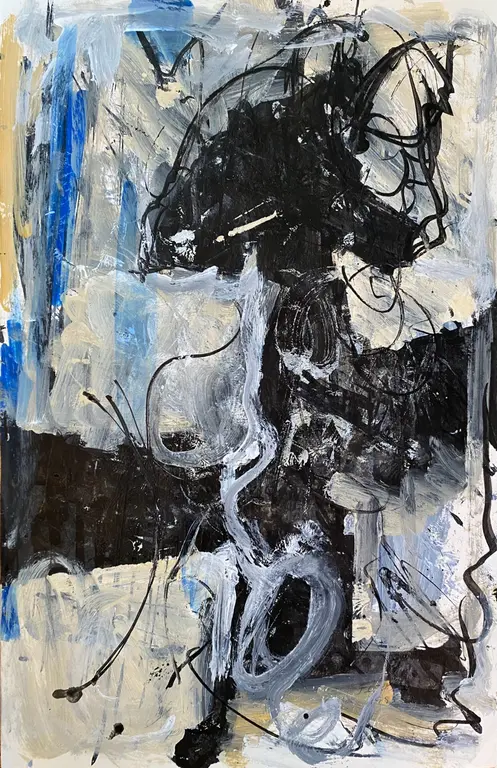
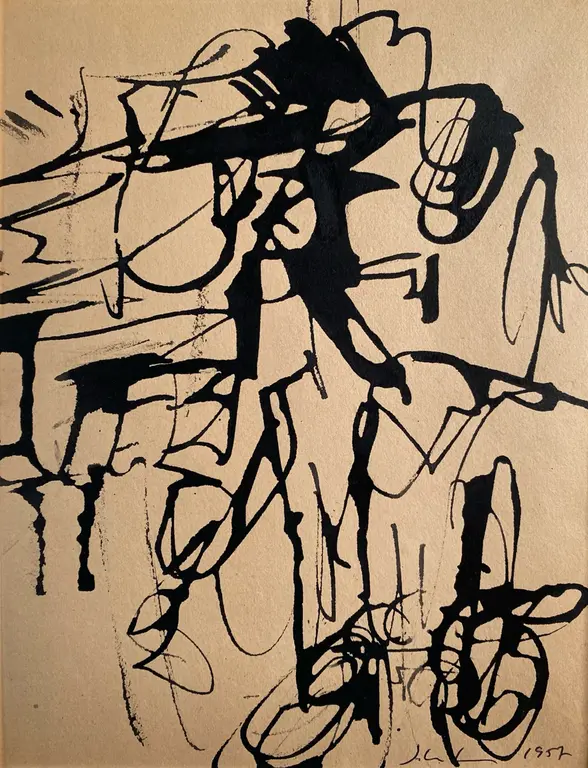
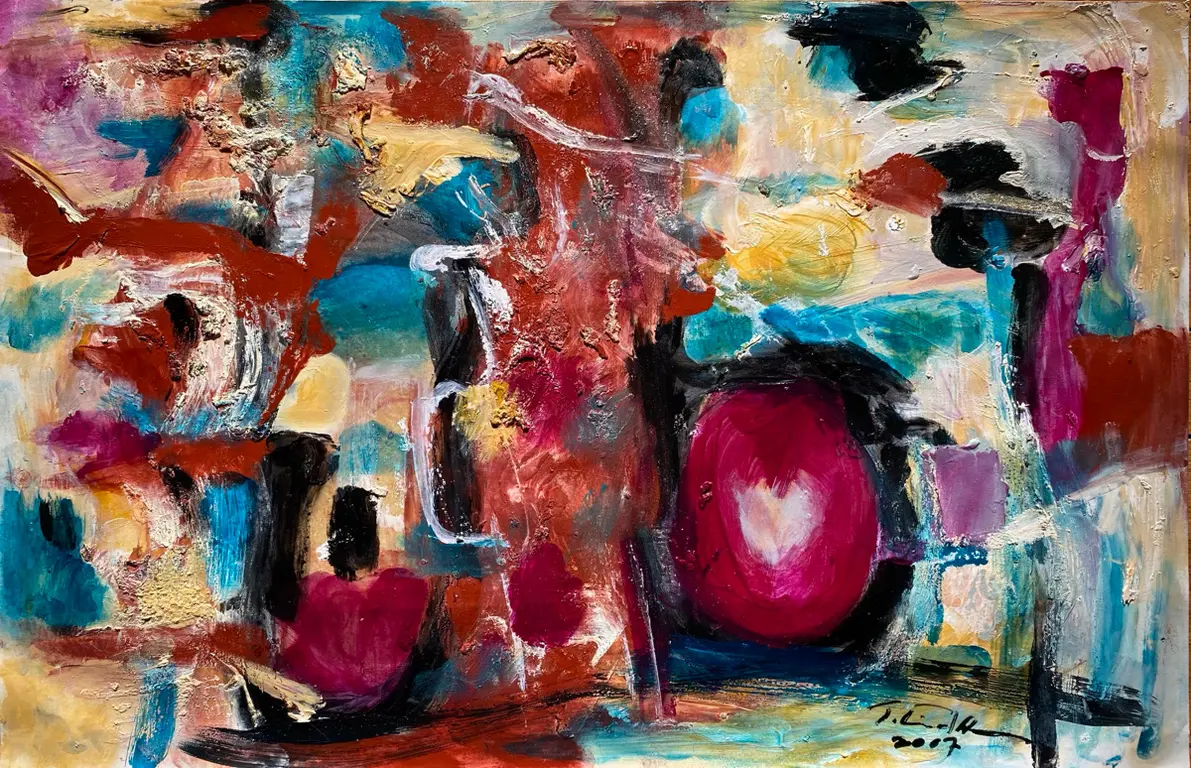
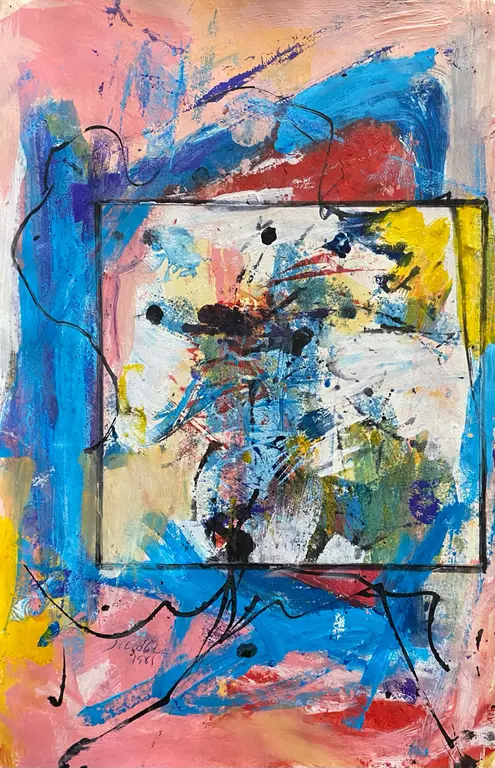
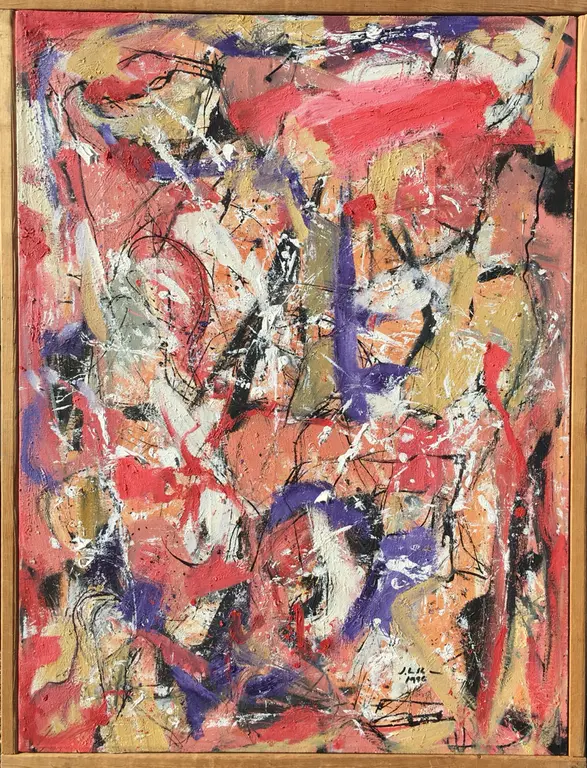
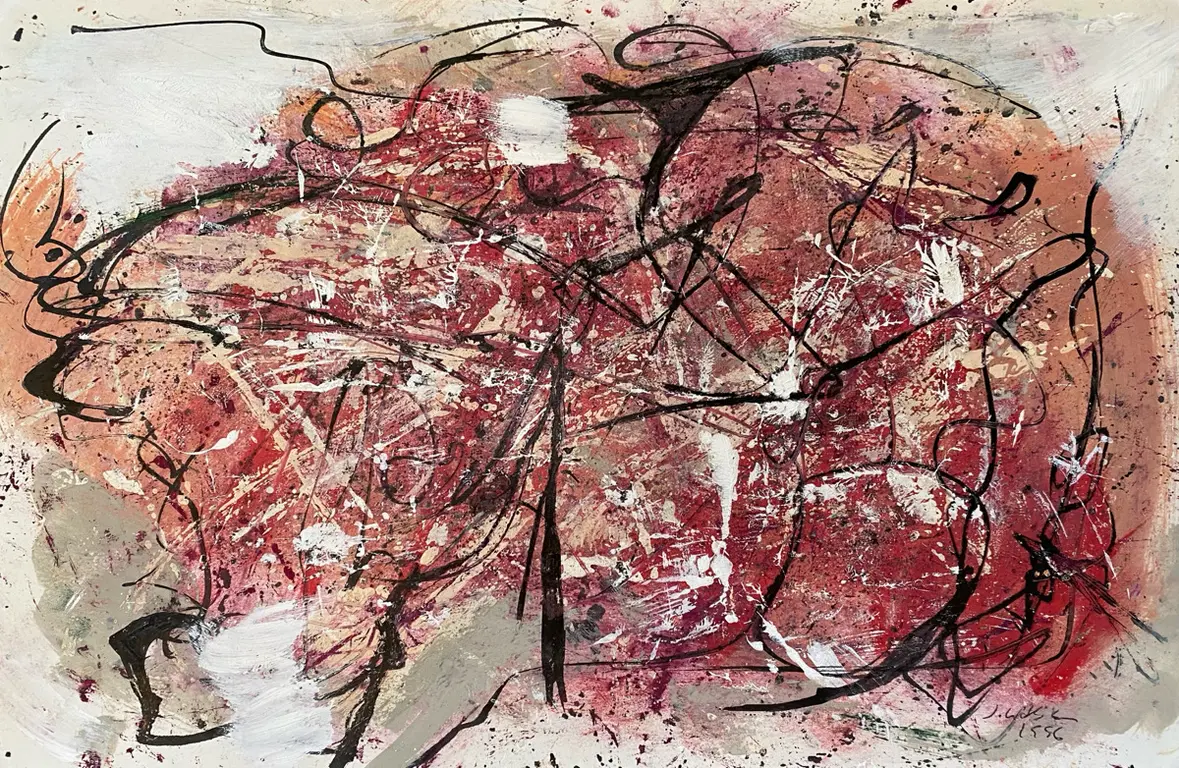
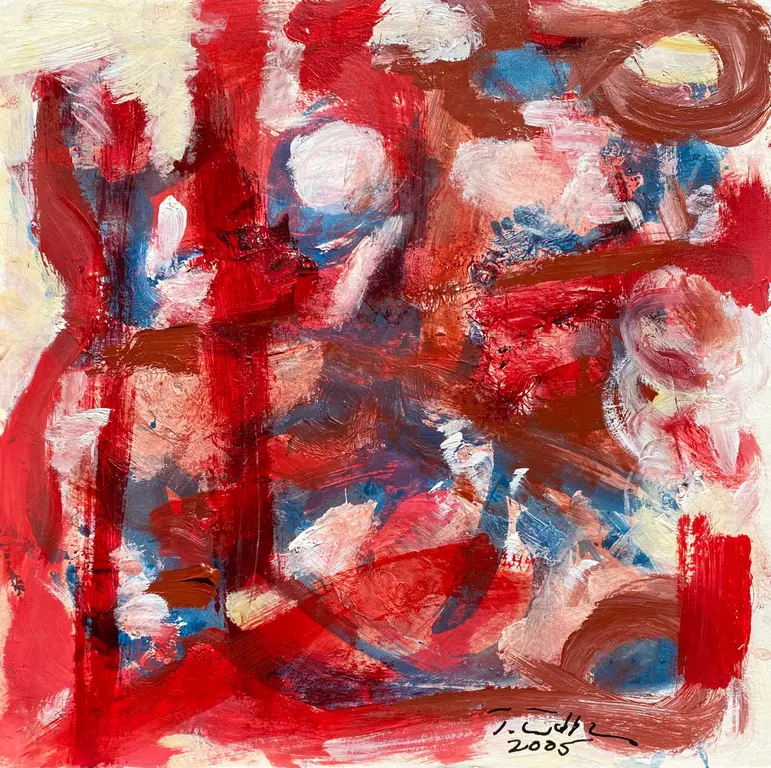
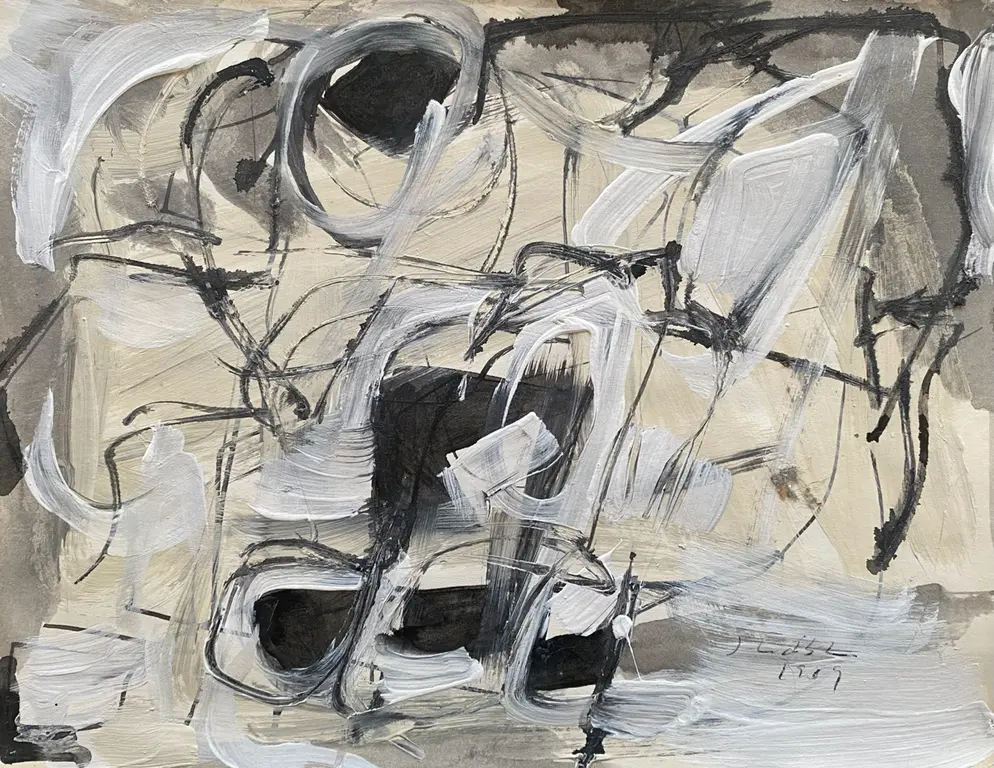
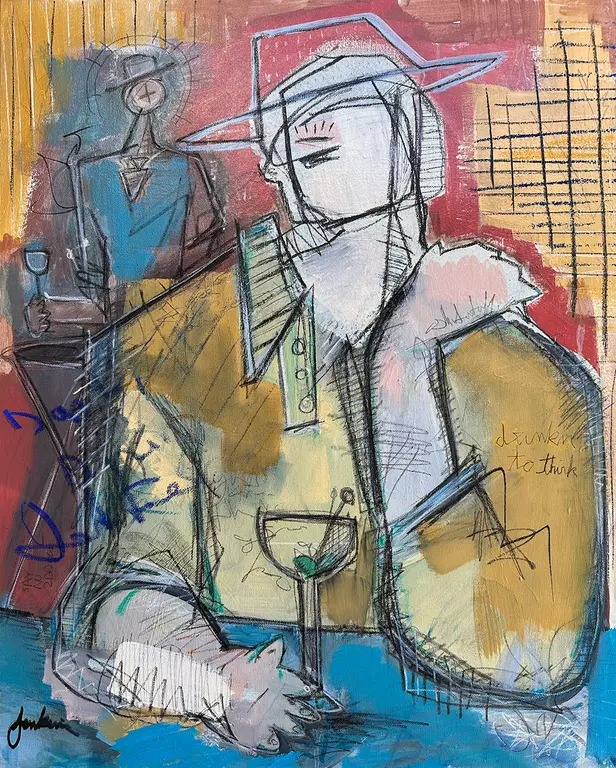
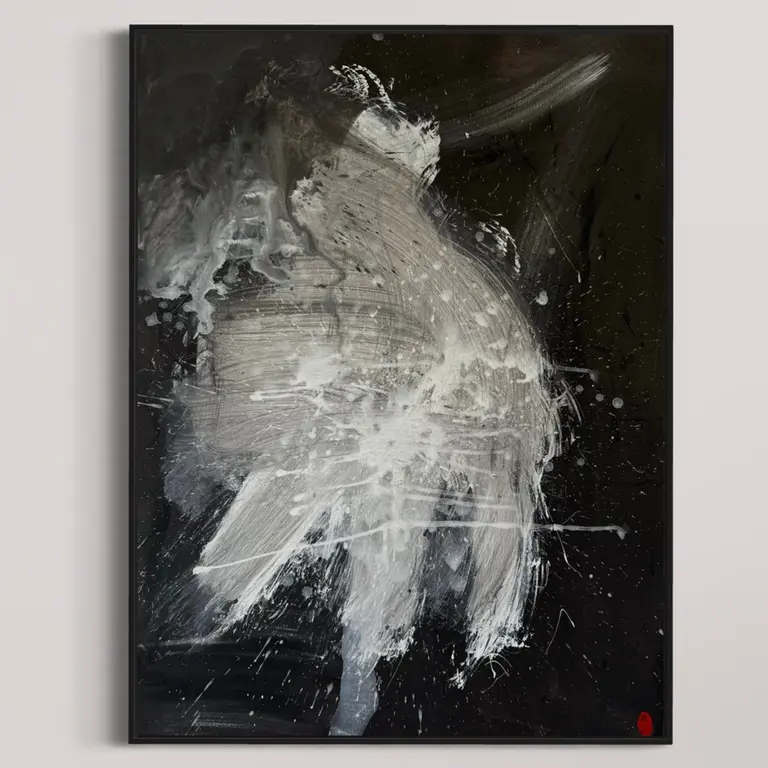
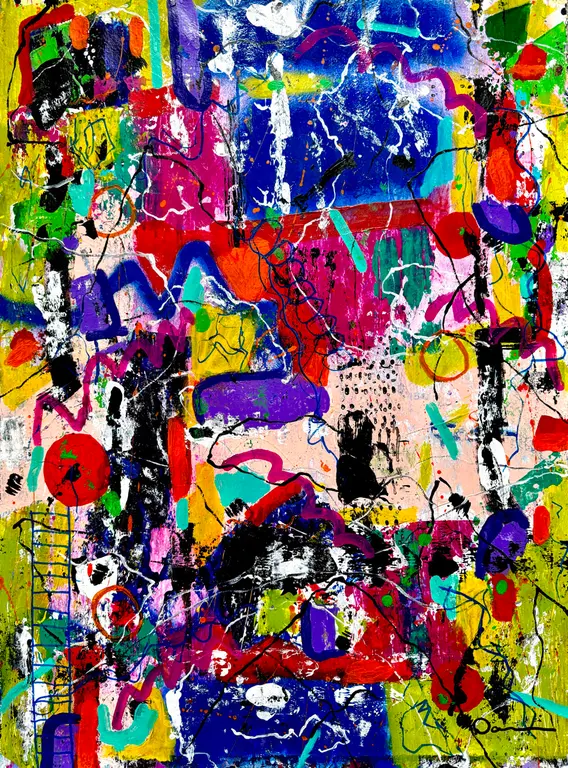
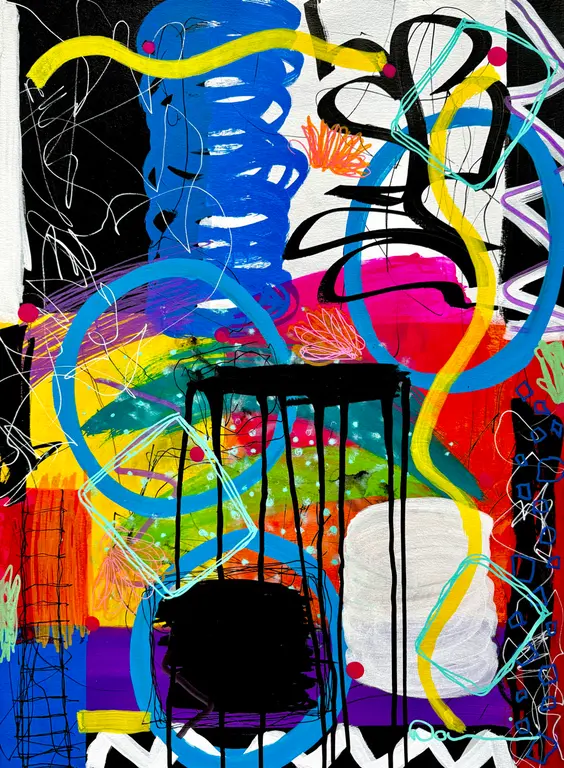
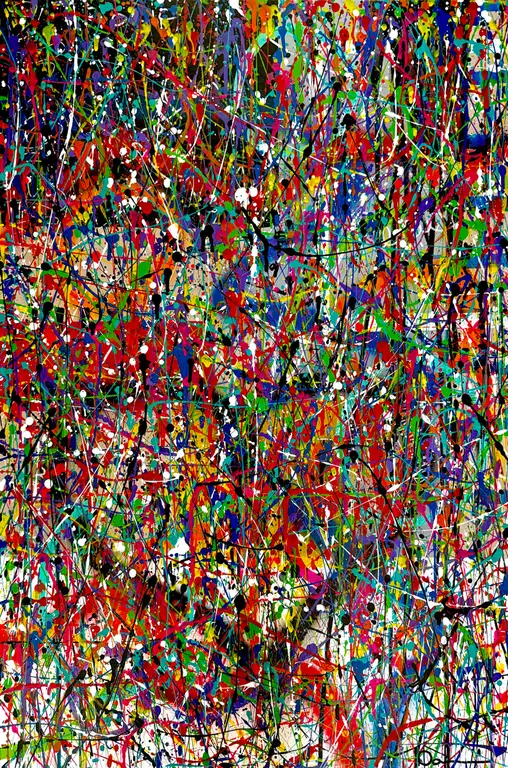
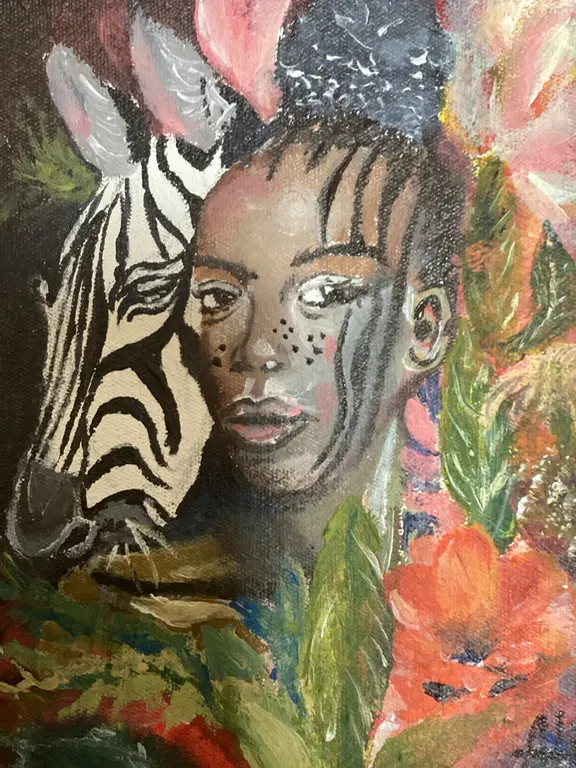
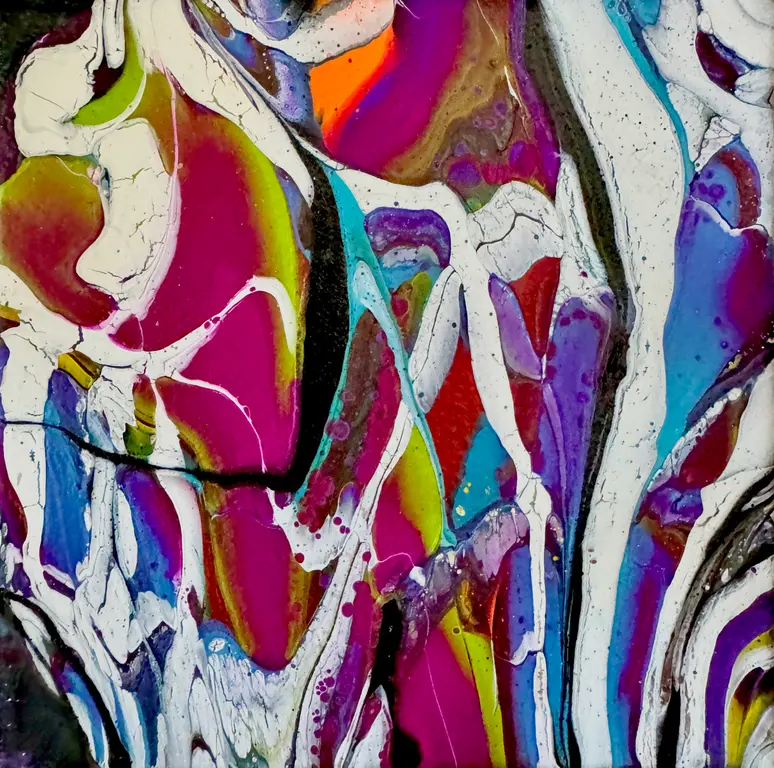

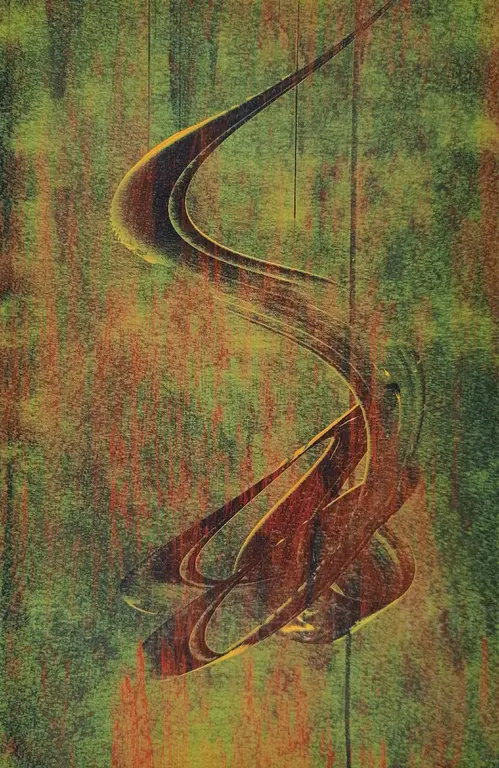
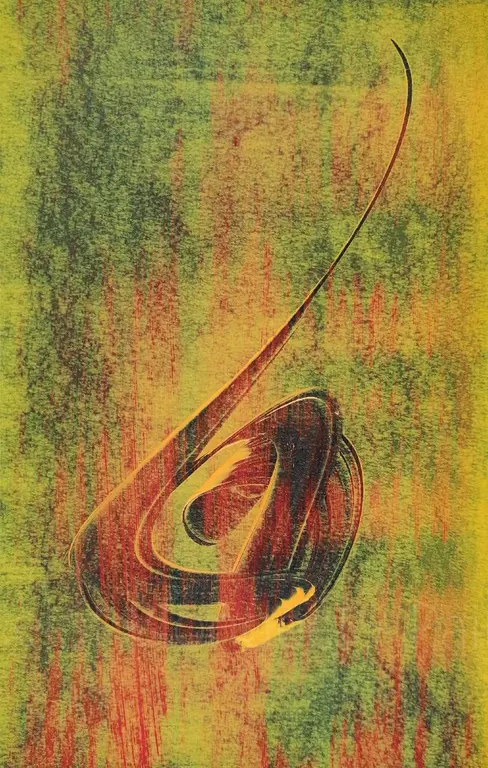
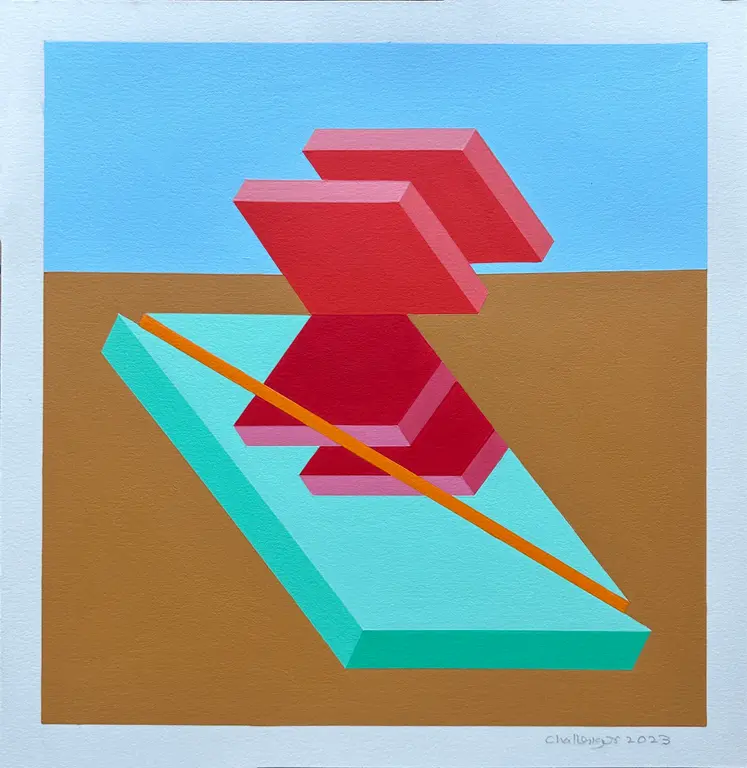
Comments (0)